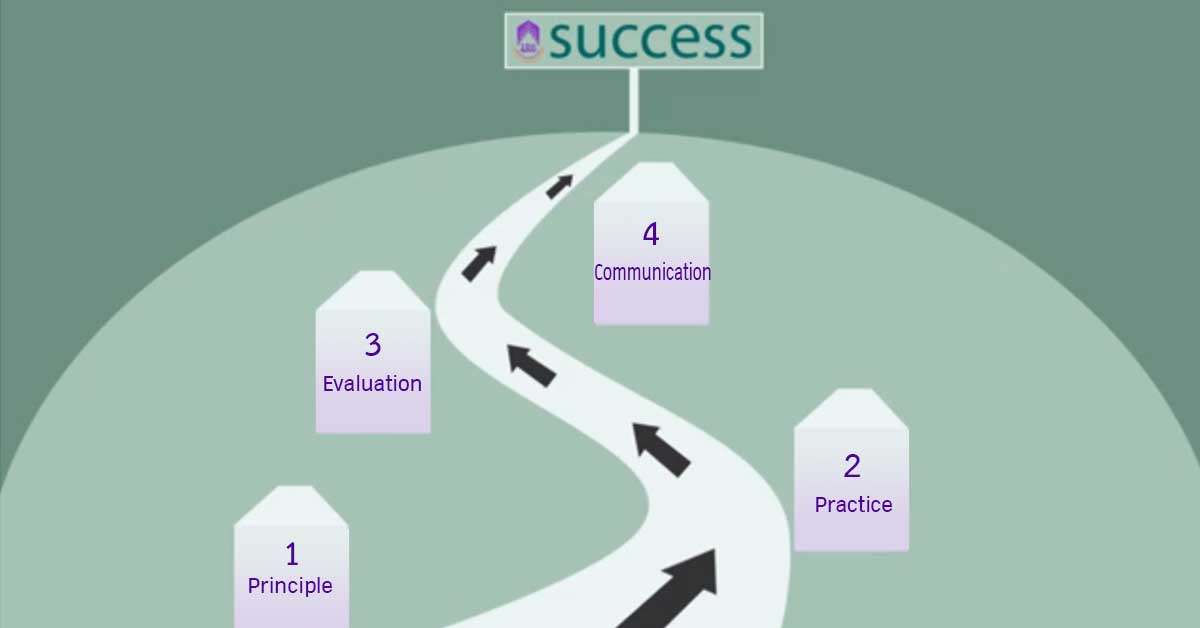
Leadership @ Work: A Road to Success
Leadership finds its finest meaning in the workplace. It is the quality that intrinsically exists within every single staff member, regardless of status or administrative position. One might argue that this is not true; it is just a boss’s sugar-coated message that has nothing to do with real-life situations. Another might even go on, saying “leadership” is required only from a “leader,” not in the least from a staff member working in a low position. Are you one of those who believe that “leadership” has nothing to do with you and your duty at work? If so, I urge you, with humility, to seriously reconsider it. As Benjamin Franklin has aptly put it, “an empty bag cannot stand upright,” how can we move on or make any progress when we have no “leader-ship” stuffed in ourselves? If you, however, agree that “leadership” is embedded within every one of us, then we can move on with how “leadership” does its office at work.
On the road to fulfil our duties at work, let’s have “success” in mind as the final destination. This road starts with the principles, which can be called, in the context of a workplace, organizational policies or strategies. The principles can come directly from the top management or from the collective ideas of staff members. Either way, the newly adopted principles must be well-aligned with the existing trends of the world. If the trends, for example, are about saving environment, the principles must also be about saving environment. If they are about integrity and transparency of the workplace, the principles cannot be otherwise. This is, in one sense, to help the organization not to lose sight of the moving world.
With the principles already set, the second station of the road to success rests upon practices. At this stage, all staff members must be informed what is expected from them in their respective areas of responsibilities. “Walk the talk” thus comes into scene when all of them relatively eye on the same principles/policies/strategies despite the differences in their duties and standings within the organization. This second step, “practices,” is indeed what needs leadership from all involved.
Evaluation is the third stop on the same road to success. Just like the second is born from the first, this third step literally comes from the second. In other words, all members in the same organization evaluate their actions/practices in the second stage. This can be done individually or as a group. Whichever way used, the main thing is to make sure that all have aligned to the principles set from the beginning. Adjustments of actions or practices are earnestly encouraged if the evaluation process shows that the end result will be better conducive to the set principles/goals.
The last important process on the road to success is communication. This stage helps every party and/or stakeholder grow in such a way that one person or one organization alone cannot do it on their own. While a person is sharing his/her success story, it is like he/she is holding a mirror to see him/herself. Any mistakes or wrongdoings committed on his/her road to success would likely be detected, adjusted, and corrected accordingly. In like manner, an organization communicating its success story to the public would also learn how to “improve” or “fix” what needed to. More importantly, the public can as well learn from the organization how to set principles, put the principles into practices, do an evaluation, and finally communicate the success story.
In short, principles lead to practices, practices to evaluation, and evaluation to communication, and then communication to principles. The cycle of these four success elements keeps moving spirally and towards greater results. This however can be done only when everyone believes in themselves and eagerly exercises their innate leadership for the benefits of their workplace and their stakeholders. Better still, this cycle of success factors will be most effective if we apply it to living our life to the fullest.
Assoc. Prof. Dr. Tipchan Wongchanta

